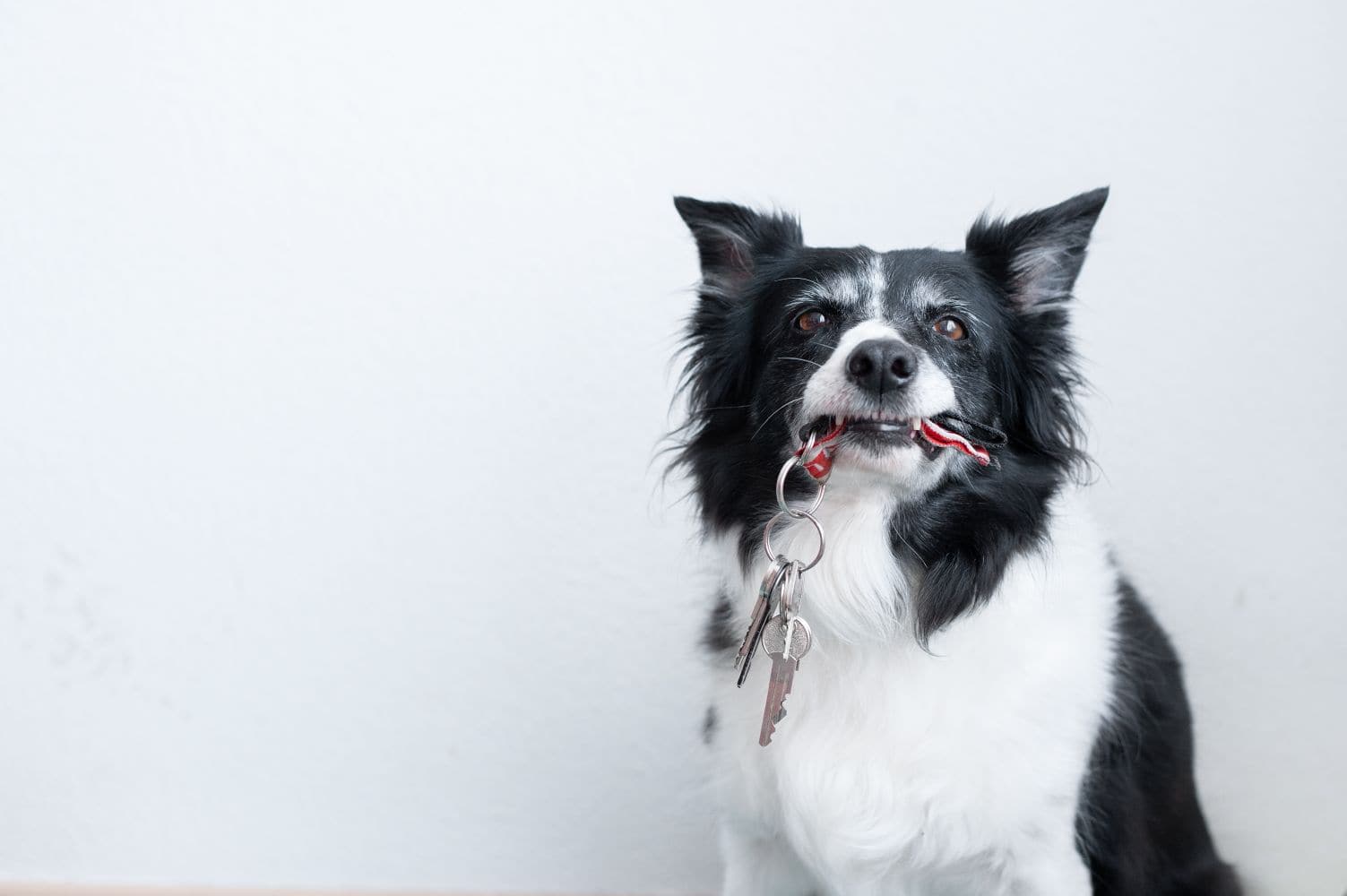No Mixed Messages: Essential Dog Training Commands

It’s well known that canine obedience training helps dogs and their people understand each other. When dogs know what’s expected of them, their eager-to-please approach goes into overdrive. In this way, dog training contributes to their overall happiness and well-being. However, when dogs demonstrate mastery over even the most basic commands, their owners can have confidence that their pup’s health and safety also stays within reach.
The Breakdown
To see a dog answer their owner’s commands with remarkable precision is always impressive. With lots of practice, patience, and reputation, some pups can even anticipate what their owner will say based on the potential stimuli, like a speeding car, a frolicking rabbit, or another dog.
The significance of the “leave it” command cannot be underestimated. Instructing your dog not to go after certain things, or to ignore specific triggers is absolutely key to their safety. However, there are other skills that deserve a place in your dog’s toolkit that have equal value.
At the Start
Basic commands aren’t necessarily the easiest, but they do lay a foundation for other, more complicated commands. Starting with these foundational skills, we’d recommend these dog training essentials:
- Come—Who likes to be ignored when calling after a dog? Nobody! But let’s face it, dogs like to run and chase prey. They might also engage in a behavior that has the potential to cause harm to themselves or others. Either way, training your dog to respond to “come” is an absolute must.
- Sit/Stay—Your doorbell is ringing and you need to answer it but you’re concerned that your dog will bolt as soon as you open it. By training them to “stay,” you’re ensuring that you can tend to daily events without your dog creating chaos.
- Drop It—Despite your best efforts to instruct your dog to “leave it” they might get something between their jaws that they really don’t want to let go of. When they know the command to drop whatever they have, you can save them from accidental poisoning or GI obstruction.
- Down—Dogs have a knack for hopping onto surfaces or areas not intended for them. This could be a newly-made bed, a brand new couch, or even a table. This command also plays a role when your dog behaves badly, such as putting their front paws up on a stranger. When they recognize the “down” command, you’re helping them save face and prove they can behave like the good pupper they are.
Lifelong Dog Training
The good news about dog training is that it’s part of a lifelong commitment to understand and help your dog. While it’s crucial during puppyhood and the young adult years, dogs can learn new tricks throughout their lives. Giving them opportunities to show their intelligence is another great way to say “I love you.”
If you have any questions about the importance of dog training, or how to get started, please give us a call at (732) 387‑7977. Mobile Vet M.D. is always here for you.
